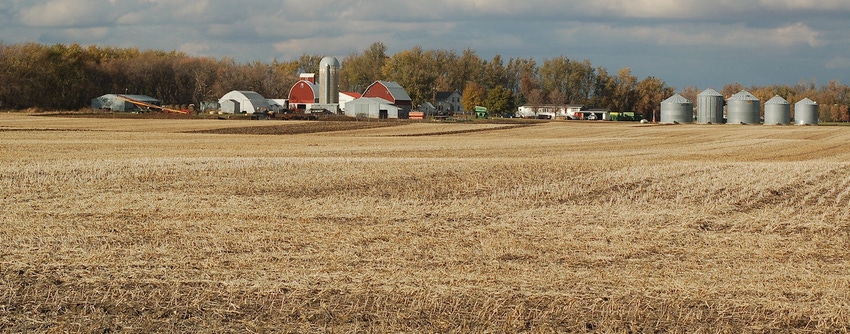
One weekend in late April I was taking care of some errands on the farm when I noticed what looked like smoke south of where I live.
I live right next to many thousands of acres of National Forest so this is not unusual. This time of year the Forest Service burns many acres of wooded land to regenerate the native pine species. What seemed odd about this time was that it was on the weekend and we had received a slight shower that morning making conditions for burning not ideal.
Shortly thereafter, I received a notification on my phone for dust storm warnings in southeast Missouri and northwest Arkansas. What I was seeing was dust, not smoke, and it was coming from about 75 miles away.
The thing that's really odd about this is I live in the Ozarks of southeast Missouri, about 75 miles north of the Missouri Bootheel. The Bootheel region of Missouri was some of the most fertile land in the world, originating from draining a vast swamp near the turn of the century. This area extends into Arkansas along the Mississippi Delta region. There is a wide variety of crops grown such as rice, cotton, corn, beans and some melons and vegetables. This area gets about 50 inches of rain a year and this spring has been normal on precipitation.
What would make an area with 50 inch average rainfall with a normal spring precipitation have dust storms?
It was my belief that dust storms were limited to the dry regions of the west such as happened during the 1930s.
Planting season was in full force throughout most of the country. I travel extensively throughout Missouri and the Bootheel is like the rest of the state in regards to farming methods. The majority of the land is being tilled in some way to get crops planted.
While this land used to be very high in organic matter, it is now quite depleted from years of tillage and heavy use of commercial fertilizers. Low-organic-matter soil, combined with tillage, makes this ground very susceptible to blowing. The same combination also makes the soil very prone to erosion. Whether “blowing” or “flowing," vast amounts of soil are leaving the land.
Ultimately, this causes problems with our drinking water. The number one issue affecting water quality is soil and the additives to that soil leaving the land. It all ends up in groundwater or rivers and reservoirs which are used for drinking water.
The first step in creating good soil health is minimize tillage. Good soil health equals good water quality.
The economic impacts of keeping soil on the ground are far reaching from the farmer to municipalities to the consumer of both food and water.
About the Author(s)
You May Also Like






